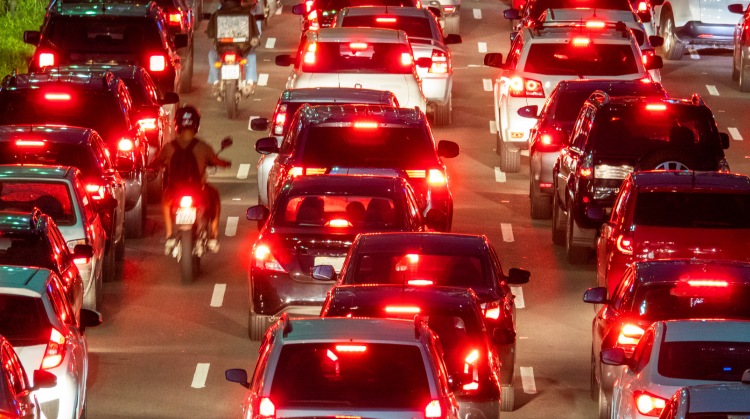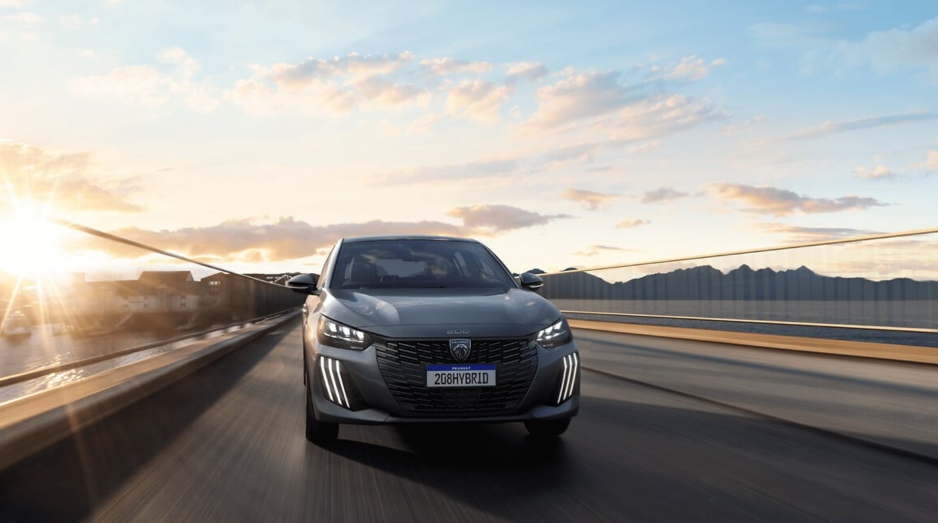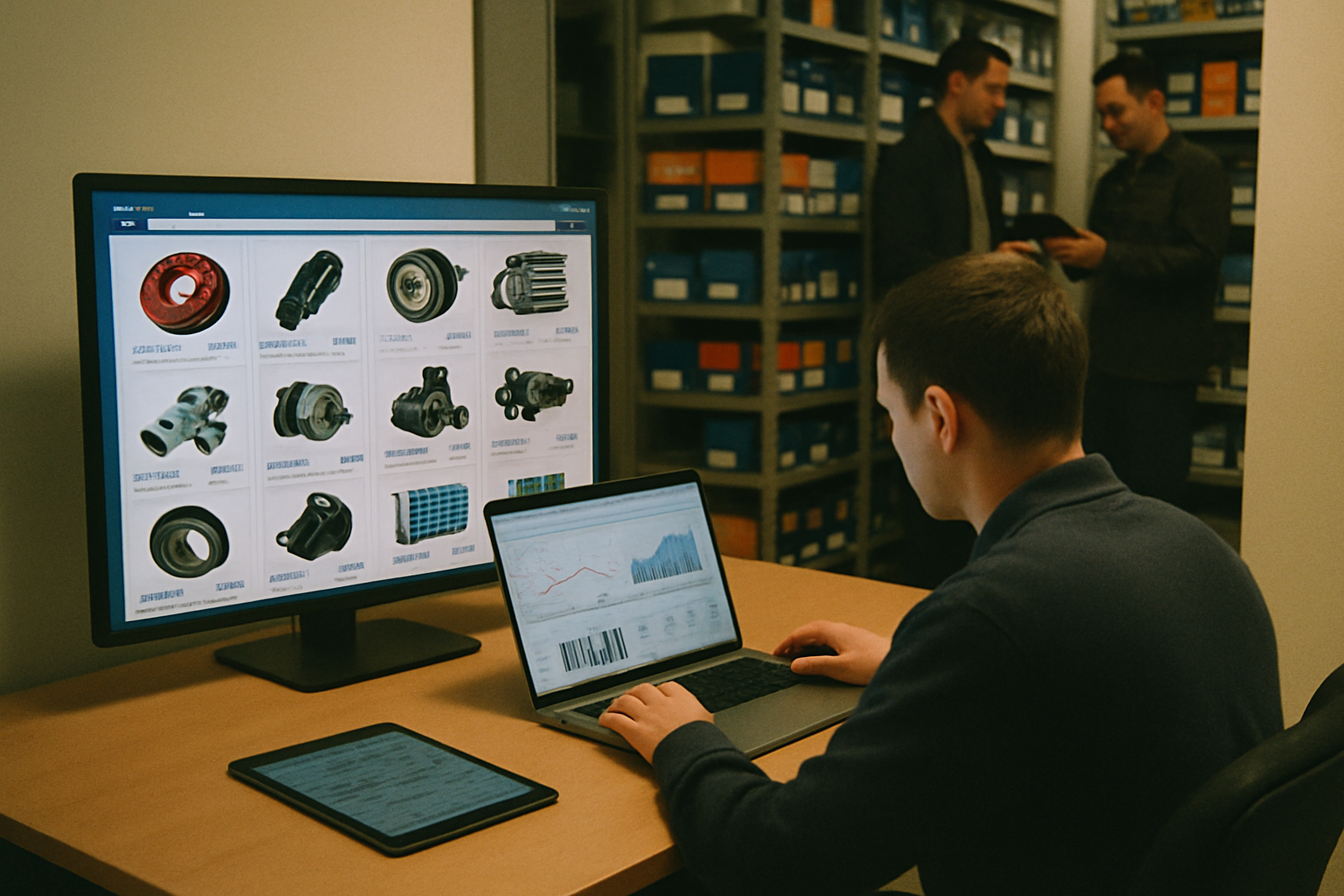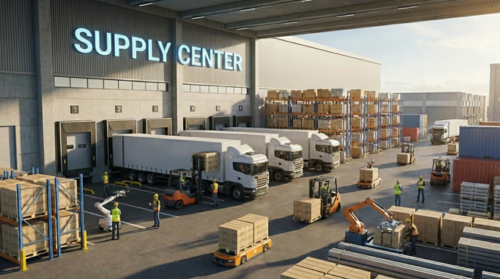X-ray of traffic in South America
The TomTom report analyzed 501 cities across 62 countries, evaluating variables such as travel time, infrastructure, climate, and speed limits. The results were as follows:
-
Lima (Peru) leads with 155 hours lost per year.
-
Mexico City ranks second in the region, with 152 hours and the highest congestion rate in the world (52%).
-
In Colombia, Barranquilla (130 h), Bogotá, Cartagena, Medellín, and Cali are all among the 50 cities with the worst traffic worldwide.
-
Brazil: Rio de Janeiro (123 h) and São Paulo (118 h) remain critical hotspots.
-
Argentina: Buenos Aires ranks 10th regionally, with 111 hours lost and a 37% congestion rate.
-
Paraguay: Asunción was measured for the first time, with 97 annual hours and 33% congestion.
More than time: the impact on vehicles
Constant traffic not only affects drivers’ productivity and quality of life but also the performance and durability of vehicles. Frequent braking and acceleration, excessive clutch use, prolonged idling, and overloading of systems such as the engine, brakes, and transmission cause accelerated wear.
In addition, fuel consumption increases, raising operating costs for fleets and individual drivers alike.
Impact
Vehicle congestion in major South American cities is not just an urban mobility issue: it is also a decisive factor in the total cost of vehicle ownership. Engines operating under stress, brakes wearing out faster, and higher fuel consumption directly impact vehicle lifespan and driver finances. All of this results in higher maintenance costs and reduced vehicle durability.












